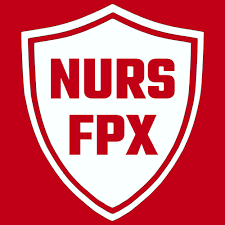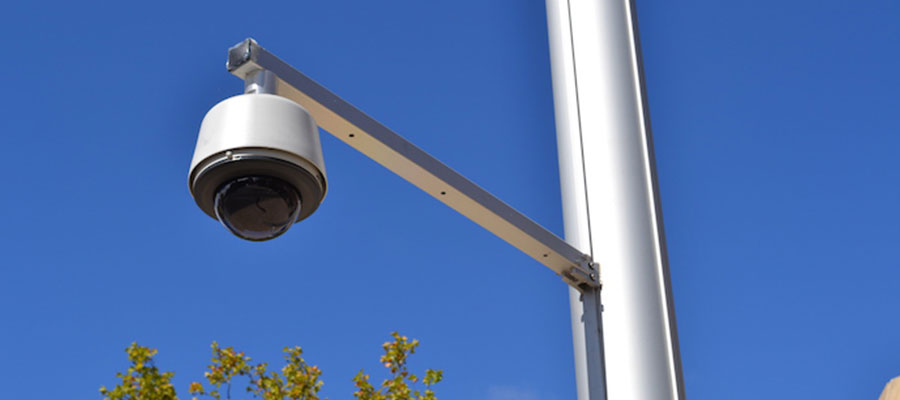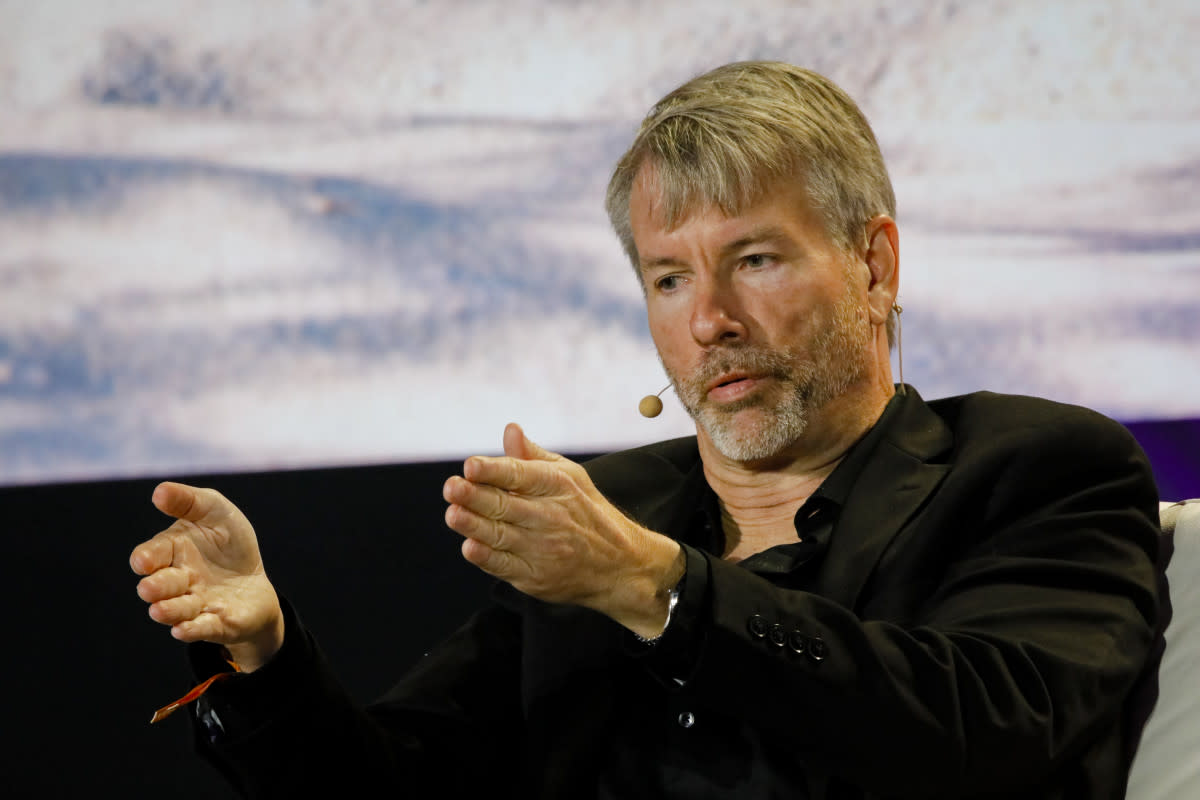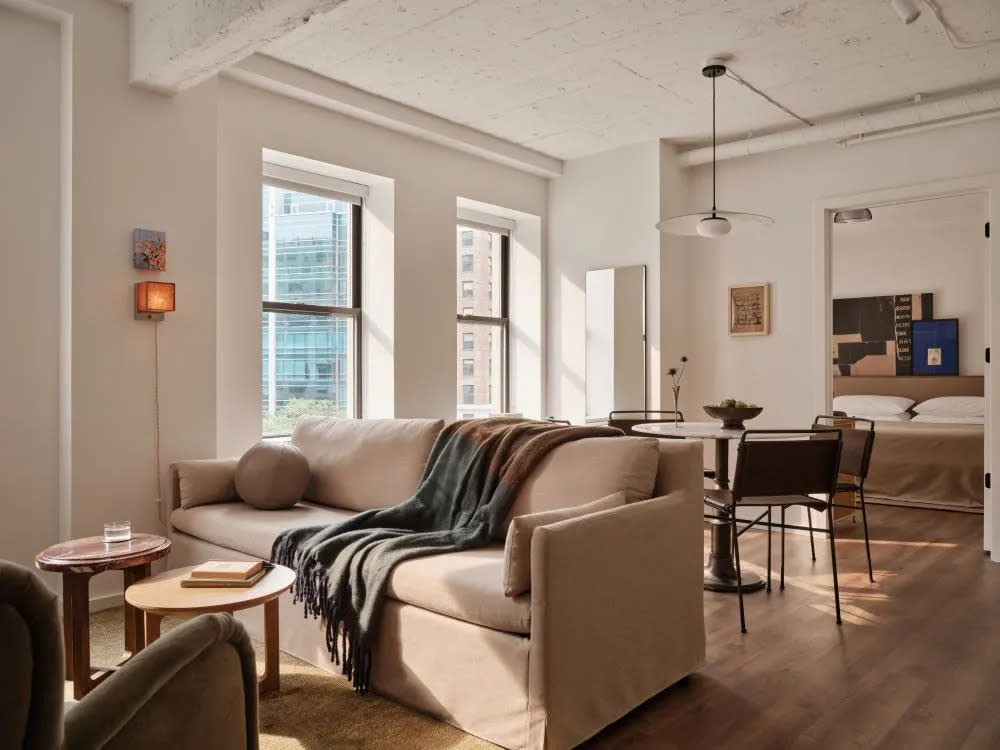Scott Trench: Don’t Buy a Rental Property Unless You Have This Financial Cushion
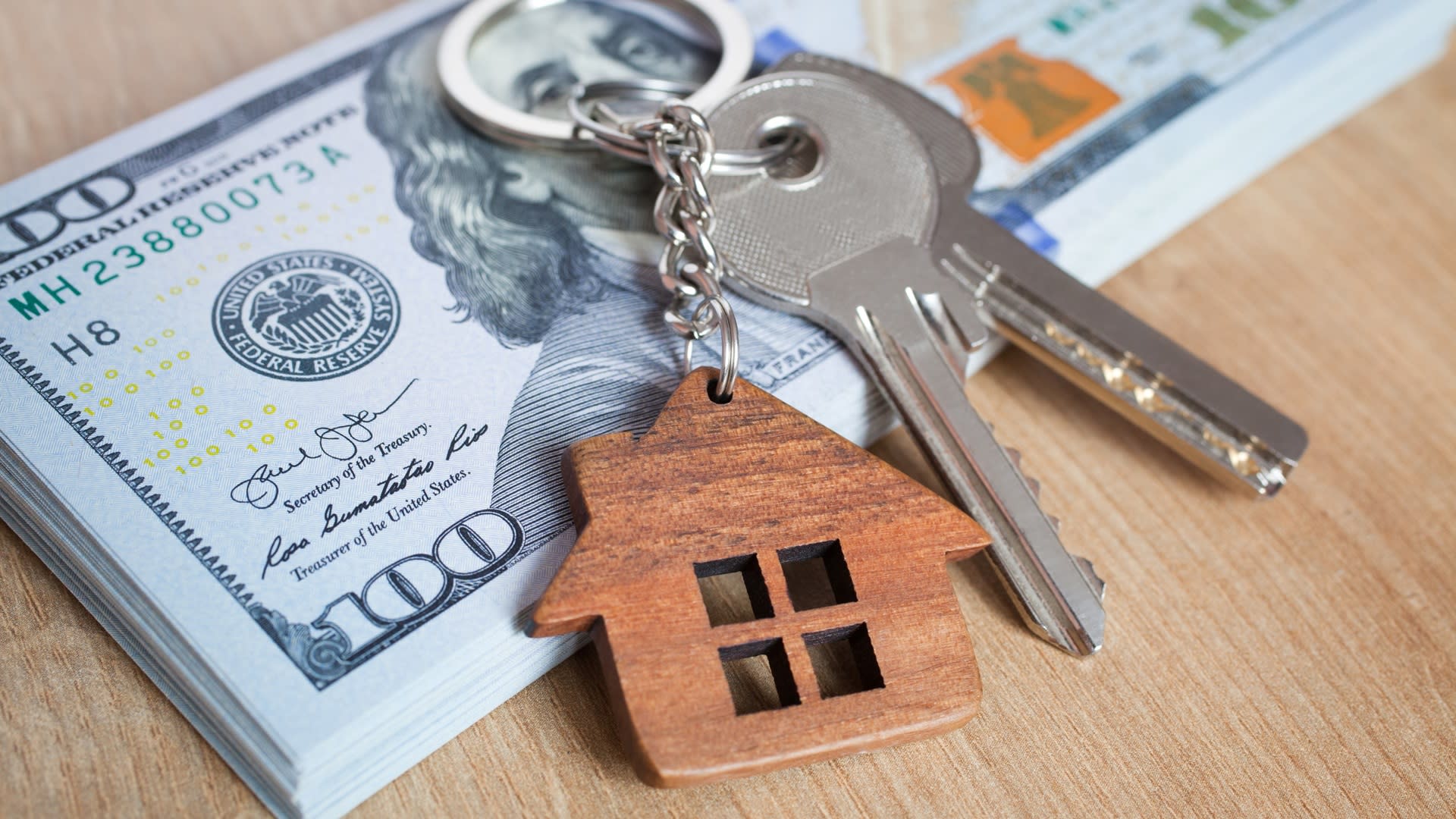
Most people buying their first rental property are wildly underprepared, and not in the way they think.
You can binge all the real estate podcasts you want, but if your financial foundation is shaky, the whole thing can tilt. That’s the warning Scott Trench from BiggerPockets brought to “The Money Guy Show,” where he laid out a case for not jumping into real estate just because it’s trendy or sounds “passive.”
Read Next: 10 Best Places To Buy a Short-Term Rental Property To Earn Passive Income in 2025
Check Out: 10 Unreliable SUVs To Stay Away From Buying
Before you make your first down payment, there’s one thing you absolutely need: a cushion that can actually carry weight.
Also see the easiest and hardest ways to invest in real estate.
Build a Strong Financial Foundation
Before thinking about touring properties or calculating your future cash flow, you need a healthy margin between what you earn and what you spend. Not just enough to squeak by, but actual breathing room. Trench called this the “spread,” and if there’s not several thousand dollars left over after taxes each month, you’re not ready.
That might sound harsh, but it’s reality. Because roofs cave in, pipes burst, furnaces die in the middle of winter and sometimes tenants will refuse to pay. If you’re one unexpected expense away from having nothing in your bank account, a rental property won’t fix that; it’ll make it worse.
Trench argued that real estate investing should follow, not precede, a solid financial base, which includes emergency reserves, a steady income and a lifestyle that doesn’t devour every cent you make.
You don’t need to be rich, but you do need to be stable (and boringly consistent). That’s the kind of foundation that keeps a rental from becoming a liability.
Be Aware: 7 Housing Markets Where Home Values Could Plummet
Why HELOCs and Risky Leverage Are Red Flags
Some investors treat their home equity like an ATM, pulling out a home equity line of credit (HELOC) to fund their first rental. Trench thinks that’s a mistake. “A big pet peeve of mine is when people take out a HELOC on their primary to buy a rental property,” he said.
Why? Because that debt isn’t free. A $60,000 HELOC paid back over five years means coughing up around $1,000 a month before interest, Trench explained. Sure, the rental might cash flow a bit, but not enough to cover that. Instead of generating income, the property now pulls money from your life every month.
In fact, according to FINRA, taking out a HELOC to invest includes extra risks than just investing, as you’re
“placing a huge bet that the investment will increase enough for your to realize a profit after paying back your loan principal, interest and other loan and investment-related costs.”
Leverage can be a useful tool, but only when the foundation is rock-solid. Otherwise, you’re just stacking risk on top of risk and hoping the market stays strong.
Start Where You Can, but Plan To Upgrade
Not everyone can afford a $500,000 turnkey rental in a great school district.
“Someone who’s just getting started out making $75,000 a year is not going to have the option to buy … in the $500,000-plus range,” Trench said. That doesn’t mean you can’t invest at all; it just means you need to start smaller, maybe with a lower-cost property.
But that’s step one, not the end goal.
These properties might come with more hands-on management, DIY repairs and tenant headaches. They can work, but Trench suggested thinking long term. The plan should be to gradually trade up: fewer repairs, more stable tenants, better neighborhoods.
In essence, use it to build momentum, then move toward properties that make your life easier, not harder.
Go Local
If you can buy in your own city or somewhere you know well, do it. Trench said local investing gives you better control, fewer surprises and less reliance on strangers to manage your asset.
Out-of-state deals can work, but only if you’re serious about scaling and committed to building a trustworthy team on the ground.
Final Thoughts
Trench isn’t trying to scare anyone off real estate; he just made the case for doing it with your eyes open and your finances in order. A solid cushion, smart use of leverage, realistic property choices and a long-term mindset aren’t flashy, but they’re what separate sustainable investing from costly regret.
If you’re serious about building wealth through real estate, start slow, stay local if you can and make sure every move strengthens your financial footing rather than shaking it.
More From GOBankingRates
-
7 McDonald's Toys Worth Way More Today
-
4 Companies as Much as Tripling Prices Due To Tariffs
-
How Much Money Is Needed To Be Considered Middle Class in Your State?
-
6 Popular SUVs That Aren't Worth the Cost -- and 6 Affordable Alternatives
This article originally appeared on GOBankingRates.com: Scott Trench: Don’t Buy a Rental Property Unless You Have This Financial Cushion








